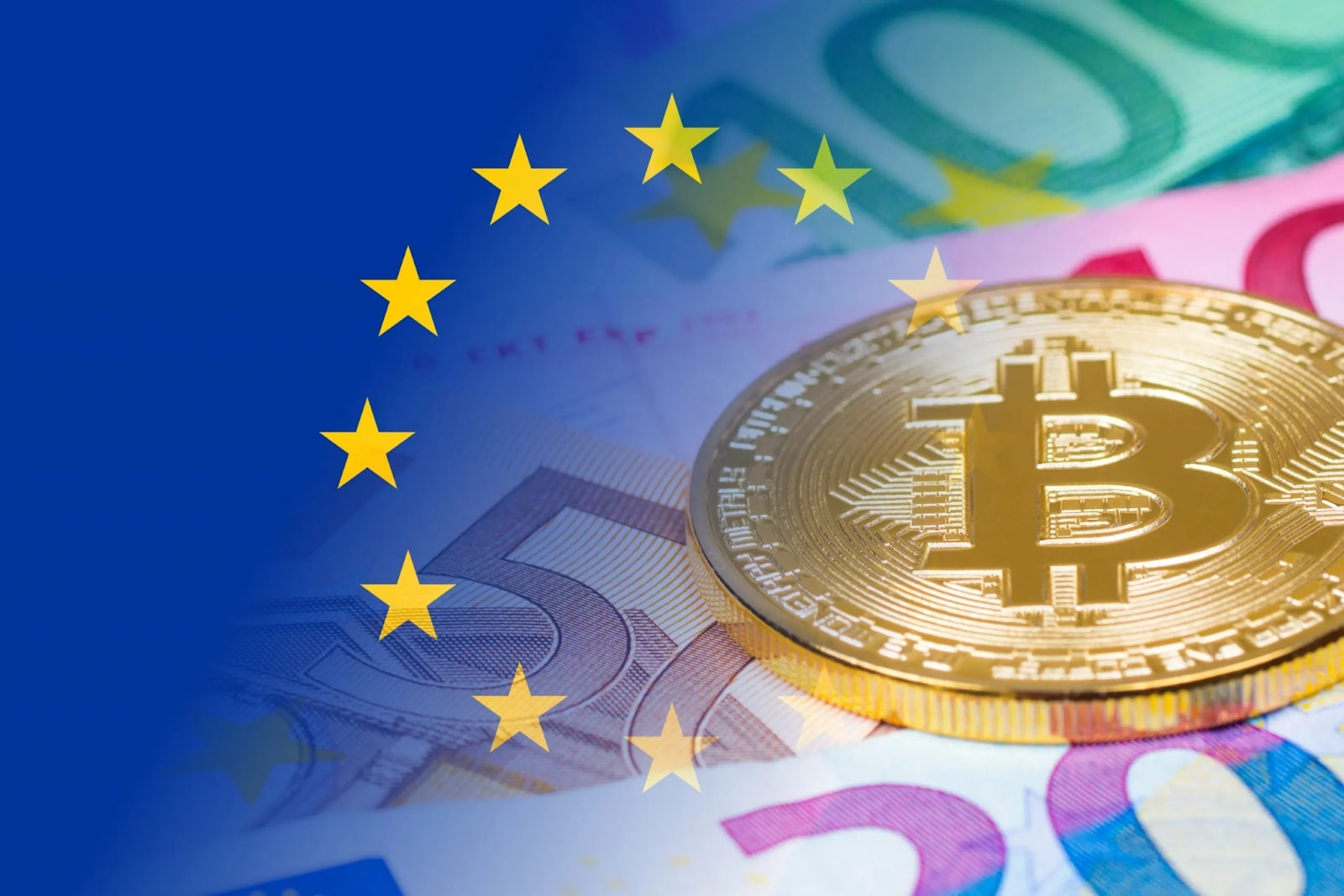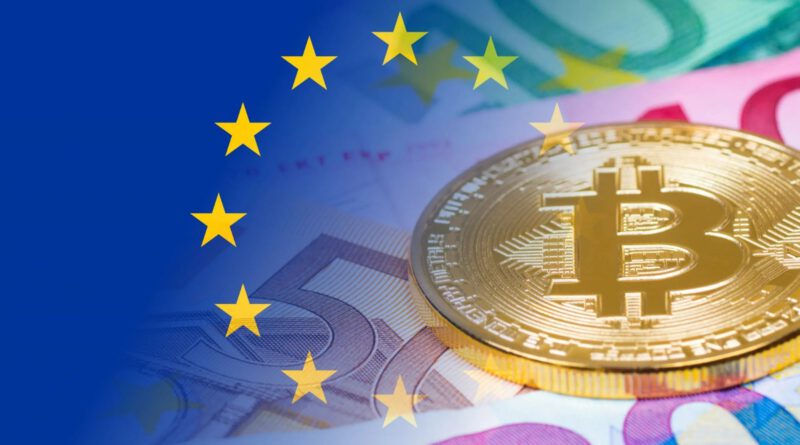Europe’s 2027 Deadline: The End of Anonymous Crypto Wallets
Key Takeaways:
- EU law will ban unhosted and anonymous wallets from July 1, 2027
- All crypto‑asset service providers must enforce full KYC on every transaction.
- Self‑custodial wallets above €1,000 trigger enhanced due diligence.
- An estimated €60 billion annually flows through unhosted wallets in the EU today.
What’s Changing in EU Crypto Regulations
The European Union’s Sixth Anti‑Money Laundering Directive (6AMLD) and its companion Regulation lock in a sweeping ban on “unhosted” or anonymous wallets starting July 1, 2027. Under the new rules, every virtual asset service provider (VASP)—including exchanges, custodians, and certain DeFi bridges—must verify the identity of both sender and recipient for every transaction. Firms operating in six or more member states, or processing over €50 million per year, fall under the same umbrella. Any transfer between a hosted wallet (one managed by a regulated entity) and an unhosted wallet will be blocked unless the user completes a full Know‑Your‑Customer (KYC) check.

Impact on Privacy and Decentralization
By outlawing truly anonymous transfers, the EU directly challenges privacy‑centric currencies and self‑custodied holding models. While individuals retain the freedom to control their own private keys, they can no longer convert or spend those assets through regulated on‑ramps without revealing their identity. This puts pressure on privacy coins such as Monero and Zcash, which lack public audit trails. Decentralized exchanges (DEXs) that wish to interface with regulated gateways must integrate KYC walls or face geo‑blocking. Critics argue this undermines the ethos of permissionless blockchains, but proponents say it closes loopholes used for money laundering and illicit finance.
Preparing for the 2027 Transition
Across Europe, compliance teams are racing to shore up KYC/AML infrastructure. Major exchanges and wallet providers are:
- Implementing real‑time on‑chain analytics to flag transfers linked to undeclared self‑custody.
- Rolling out tiered onboarding where any transfer over €1,000 sparks enhanced identity and source‑of‑fund checks.
- Embedding KYC flows directly within self‑custody wallet apps, offering optional “verified mode” for seamless on‑chain spending.
Financial institutions are auditing legacy processes, drafting new internal policies, and prioritizing regulatory technology upgrades. In parallel, national supervisors have begun issuing guidance on “reliable and independent” verification tools, ensuring a uniform approach ahead of the 2027 deadline.
Ecosystem Response: Innovation vs. Regulatory Flight
The announcement has sparked both collaboration and exodus. Leading regulated exchanges have formed a cross‑industry working group to seek clarifications on who bears liability for non‑custodial transfers, while privacy‑focused startups probe zero‑knowledge proofs for off‑chain identity attestations. At the same time, non‑EU jurisdictions—from Switzerland to the UAE—have touted their lighter‑touch frameworks as havens for anonymous trading, launching “crypto sandboxes” that explicitly permit self‑custody with minimal KYC. Some European DeFi protocols are experimenting with “verifiable credentials” that allow users to prove AML compliance without revealing full identities. The coming years will reveal whether innovation can reconcile privacy and regulation, or if jurisdictional arbitrage will siphon activity away from the EU.
Compliance Countdown: Metrics That Matter
With under three years to go, the EU crypto industry is sprinting toward compliance:
- 25 million registered crypto accounts across licensed EU service providers.
- €350 billion in on‑chain assets under management within the bloc.
- 18 percent of annual transaction volume still flowing through unhosted wallets—over €60 billion per year.
- 70 percent of major exchanges report budget increases of at least 30 percent to upgrade compliance systems by 2026.
- 45 percent of fiat‑on/off ramps have already piloted embedded KYC in self‑custodied wallet apps.
- 10 percent of licensed custodians in Germany and France expect full integration of “wallet screening” analytics within the next 12 months.
These indicators underscore both the scale of the challenge and the urgency with which the sector must modernize, setting the stage for Europe’s next chapter of regulated yet interoperable digital markets.
More News: Crypto.com Exchange Review 2025: Is It Safe and Legit for Trading?
The post Europe’s 2027 Deadline: The End of Anonymous Crypto Wallets appeared first on CryptoNinjas.
CryptoNinjas






















